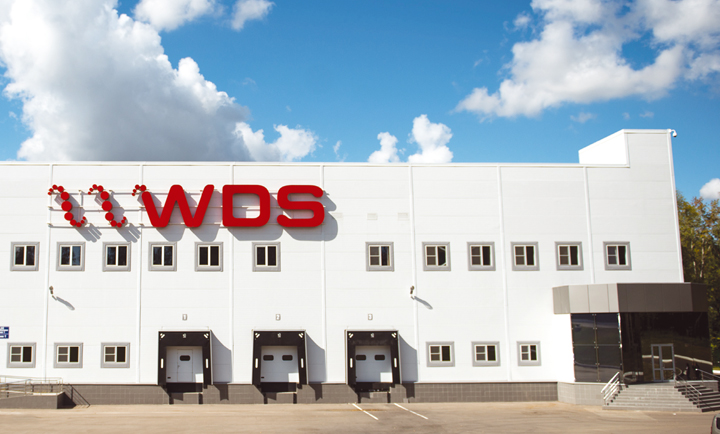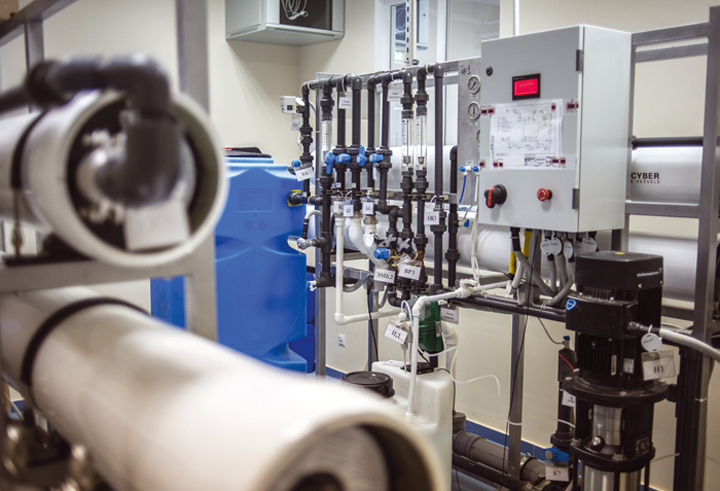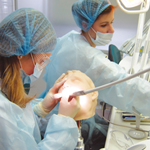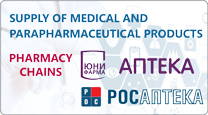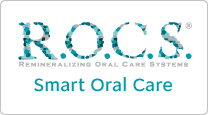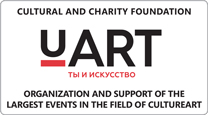How is Toothpaste Made?
When opening a tube of toothpaste with a mint and chocolate flavour, we look forward to feeling its sweetness and devoting a couple of minutes of our life to enjoy it. But we well understand that mint and chocolate have in fact very little to do with oral care, that the toothpaste contains something else, we don’t know what but what we badly need twice a day. More than once we have told you in our magazine about the benefits of R.O.C.S. toothpastes and about the oral problems they help to solve. Today, we are going to tell you how toothpaste is made and what are its ingredients. What are we really using to clean our teeth?
We decided that a simpler way to find answers was to ask
questions right in the place where toothpaste is manufactured and visited one
of the DRC Group’s plants producing all R.O.C.S. toothpastes. There we had a
talk with a person who knows everything about
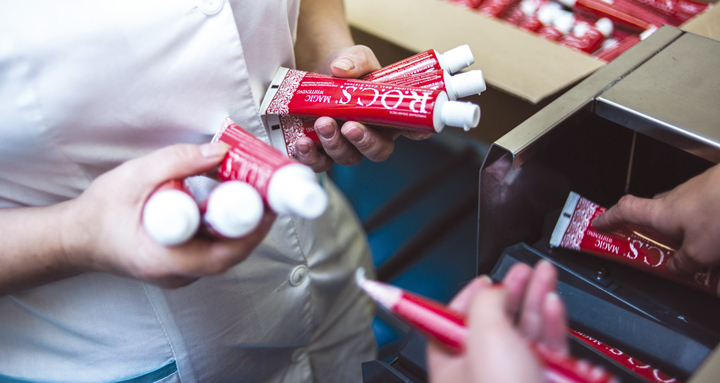
|
ALEXANDER KARPOV PhD in Technical Sciences, CEO of EVROKOSMED – STUPINO, Head of DRC Group’s Production Unit |
The production facility is 100 km from the capital, in the Stupinksy District of the Moscow Oblast. Looking at the plant’s building, one can easily think it is a research institute or a confectionery factory. In other words, you cannot say what it is. It is a small white building, with no chimneys and no noise. There is no smell of sweets, either; standing at the entrance, we enjoy the fresh air of the autumn, the bright blue sky and the trees around us, and share our positive impressions with Alexander Karpov when we see him coming up to us.
— The forest around us is, in fact, the Stupino Technopark,
with something like another 20 plants within the area, says Alexander with a
bit of irony. – Mainly, these are production facilities of renowned companies
such as Mars,
— For us it is fundamental that production processes do not
affect the environment. No air emissions and dust result from our activities.
It may seem incredible but the process water we discharge is cleaner
|
The plant’s engineering and construction took 4 years. Today, it is one of the most advanced production facilities in the industry, not only Russia but in the world |
WATER TREATMENT
Water is important in the manufacturing of oral care products. Some products, for example, mouthwash products, contain up to 85% of water. Toothpaste contains about 15% of water.
The water used in the manufacturing process is taken from
our own artesian well approximately two hundred meters deep and conforms to the
drinking water standards.
— Is it really necessary? You do not produce drugs, do you?
— Generally speaking, the directive as per which we manufacture our products applies more to pharmaceutical products rather than the cosmetics industry. Our plant is certified under ISO and GMP by Afnor (France), the leading auditor in Europe and worldwide and, by the way, the main auditor for pharmaceutical production facilities.
|
Filtration room: water is filtered through a whole labyrinth of intertangled sleeves and ducts |
LEARNING GEOGRAPHY
The raw materials store is a spacious area and it is hard to say how large it is because there seems to be no end to the racks. This is the place for storing all ingredients that, after being mixed with the purified water, become toothpaste. Boxes, boxes, boxes… — what is inside?
— Before we came here, we watched a Discovery channel video about manufacturing of toothpastes and saw huge trucks loaded with limestone, quartz and sand that were said to be fully used up. – Do you, indeed, also have sand here in the boxes?
— We use silicon dioxide as an abrasive. It is really
delivered in containers and we use about 1 ton of it a day. Our pastes contain
It is a proteolytic enzyme that breaks down proteins. Bacteria on our teeth build up the dental plaque and bromelain destroys it by digesting proteins. Besides, it forms on the dental surface, let’s call it, a positive charge to resist malignant bacteria. So, when you clean your teeth with our toothpaste, for a long time after the cleaning you can still feel your teeth to be polished, smooth and clean. – What is bromelain made of?
— It is an extract derived from the stems of pineapples and
you can easily guess that we bring it from countries where pineapples are
grown. In fact, being in this storage area you can learn geography because we
order the components from all over the world. For example, silicon dioxide
comes from England and India; flavours are, of course, from France. It turns
out that apart from, so to speak, detergents and chemical
— For different toothpastes we use special components that improve oral hygiene and have preventive and curative effects. For example, components that help us to fight against stomatitis or gingivitis. Here we have bags with licorice root used in the pharmaceutical industry, camomile and lime extracts. There are eucalyptus, cumin seed and clove oils – these are all natural components.
— What do you do with all this then? How many manufacturing stages does the toothpaste undergo, from this raw materials store to the moment it is packed in tubes?
— Basically, only one,
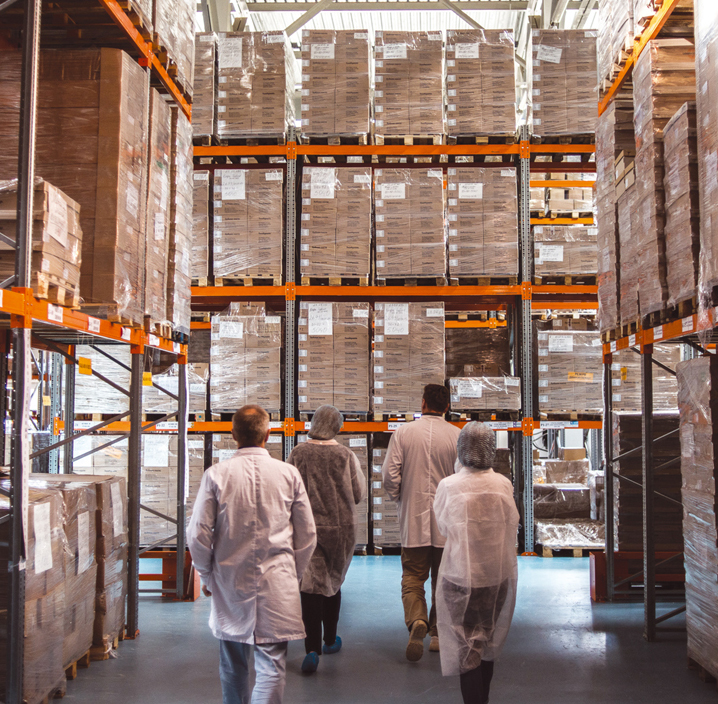
SECRETS OF THE PRIMARY PRODUCTION
There is another building within the plant – the production unit separated from the other sections of the building.
Before we go inside, we put on coats, shoe covers and caps – all like in a movie about a secret lab. Finally, here we are, in the room for the calcium hydroxyapatite synthesis. The term may seem to be frightening, but the process looks rather mysterious. In the corner of a spacious room full of silence and daylight, there is a vat with many tubes.
Calcium hydroxyapatite is the basic mineral found in teeth.
Apart from being included in toothpastes
also use a unique technology providing for lower costs
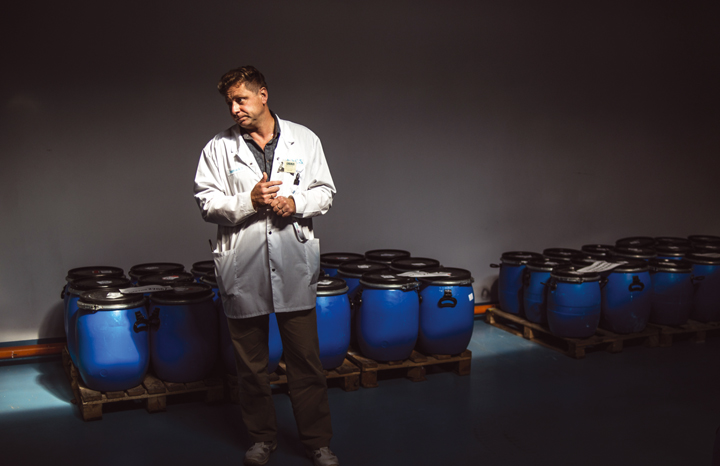
HOW TOOTHPASTE IS MADE
Unexpectedly, the workshop that is expected to be the most important from the technological point of view appears to be quite ordinary. This is where toothpaste is made and that is all. You can’t even come close or smell it. You can only have fun looking at your distorted reflection on metallic surfaces of vats.
The core of the whole manufacturing process is the
The product manufacturing cycle at the DRC plant is 4−5
times longer than, for example, in the manufacturing of the most common
toothpastes. This is because the plant’s specialists use special,
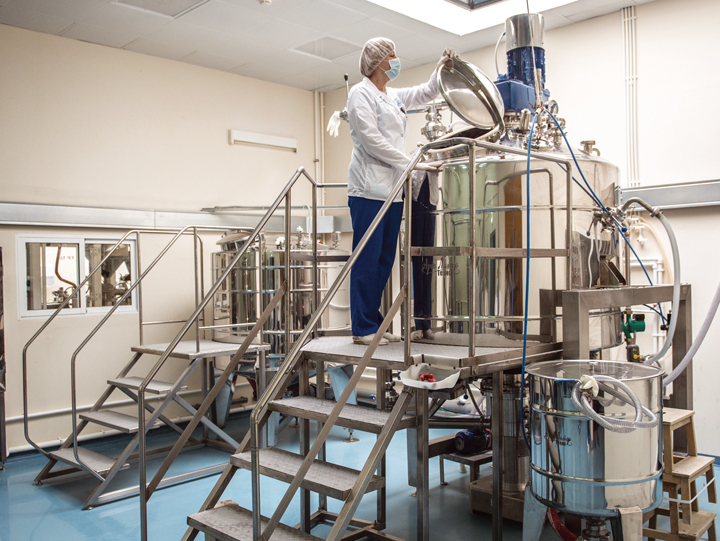
THE FINAL STAGE
Toothpaste is filled in tubes with the use of a filling machine, in an indoor closed area. There’s more life in the filling and packaging workshop; we are fascinated with a kaleidoscope of bright packaging materials.
After the tubes with toothpaste are tightly closed and
sealed, you can finally take them in hands. But then they go back under the
safe control of machines – tubes are automatically packed in small boxes. Here
there is no hustle and bustle
— We have been here already an hour but have met very few people. Is it so calm here because there is no one in?
— We have something like 100 people working in two shifts. May be, it is because people feel at ease here. We launched this plant three years ago; when the plant started operating, we had been in the manufacturing industry already for 10 years. So, the core team came from our old plant in Domodedovo. It was important for us to keep our skilled specialists. Most of our specialists put life into their work because they like our product concept. Today, this production facility is one of the best and most advanced facilities in our industry not only in Russia but also far abroad.
— How soon do technologies become outdated? And how long can one hope to stay in the forefront in this industry?
— We have to keep moving forward all the time because if we
stop we will immediately lag behind. We never save on innovations that’s why
our equipment is really
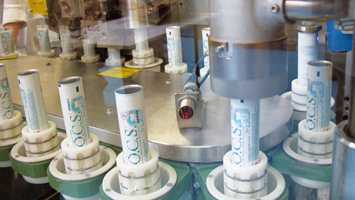 |
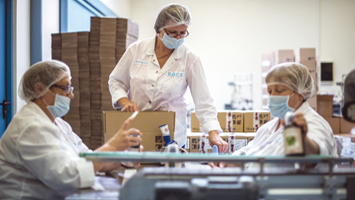 |
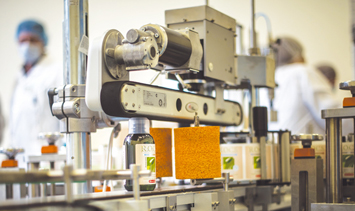 |
 |
Back


